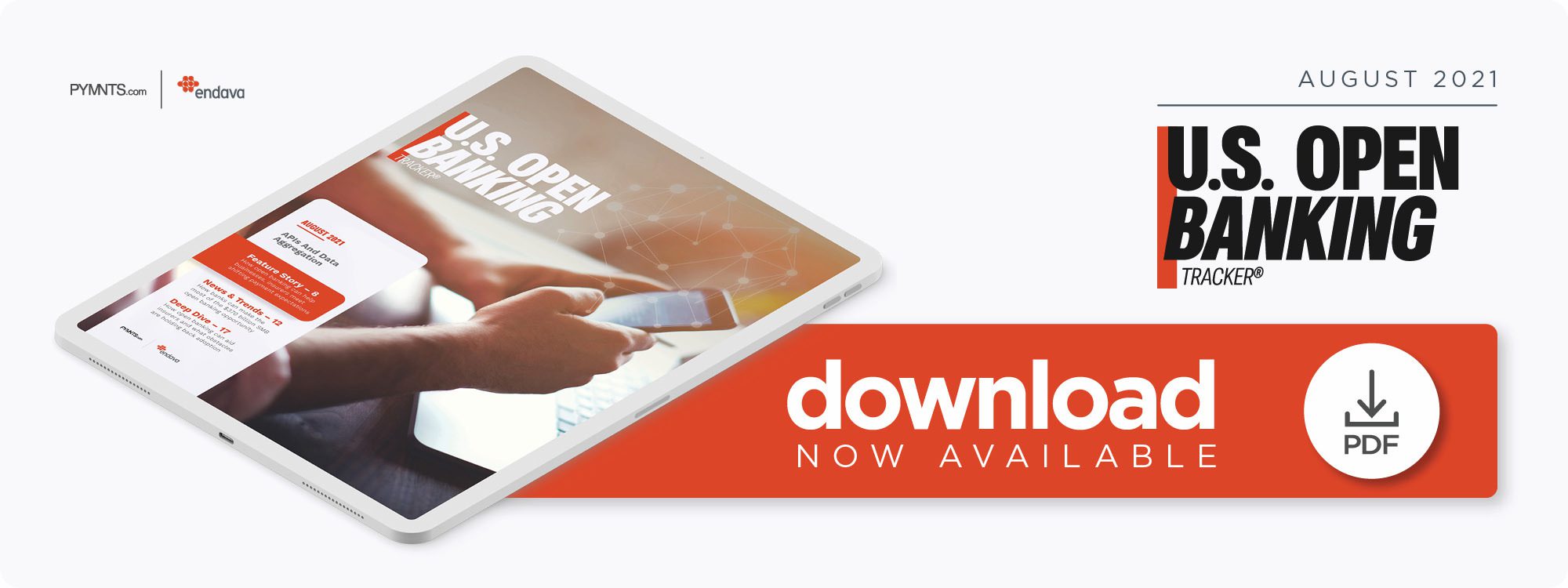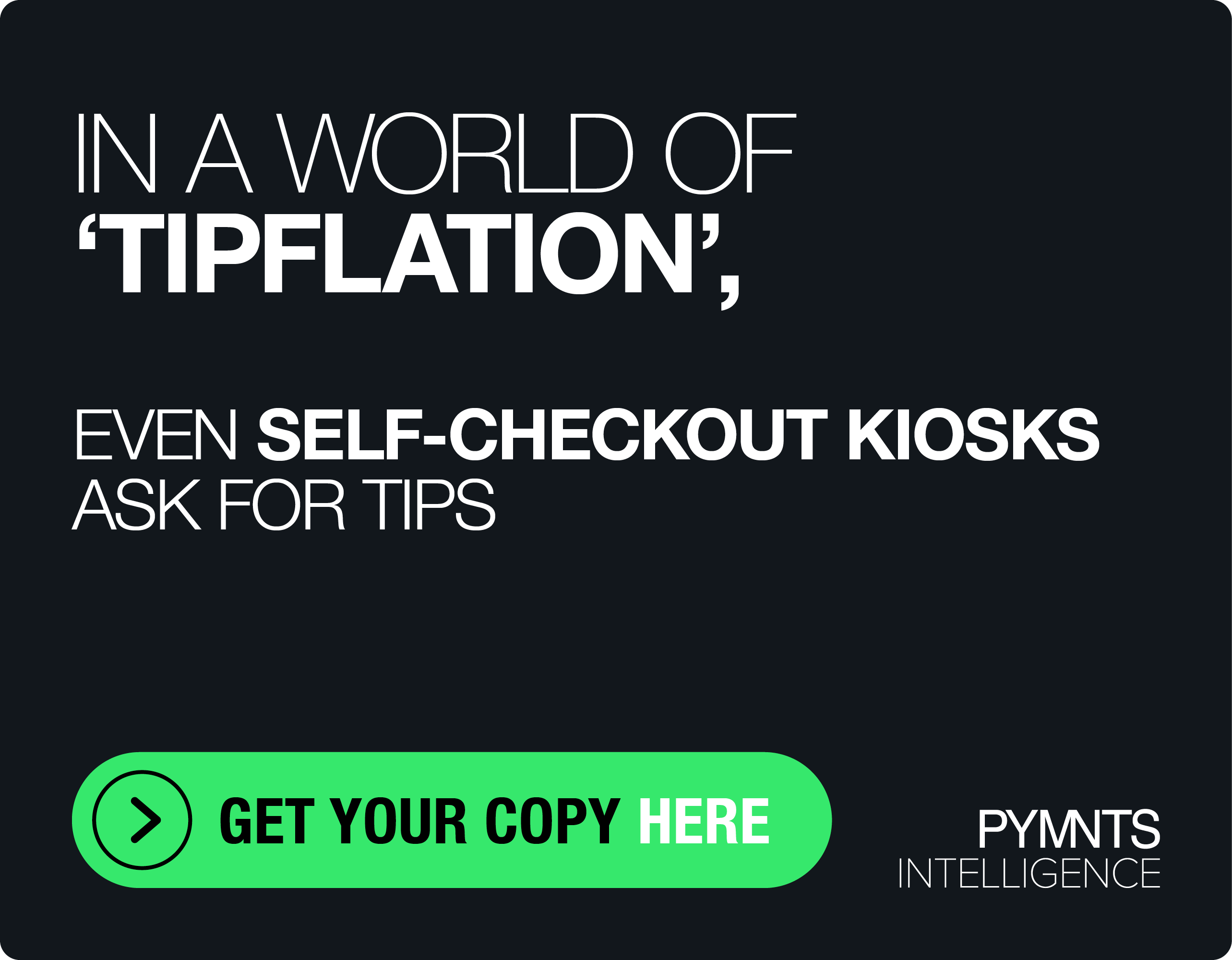How Open Banking Can Help Both Businesses, Insurers Meet Shifting Payments Expectations

Consumer expectations for the processing and payment of insurance claims are just as high as they are for other transactions, regardless of the increased complexity they carry. In the latest U.S. Open Banking Tracker, Huntington Bank Treasury Management Director Adriana Hastings explains how open banking is allowing businesses and insurers to meet consumers’ evolving expectations.
Faster payments have been an accepted norm for years in certain contexts.
Consumers are used to accessing near-instant payment methods for retail purchases and peer-to-peer (P2P) app transactions, but the pandemic’s impacts have significantly ramped up their expectations, said Huntington Bank Treasury Management Director Adriana Hastings.
“Now it doesn’t matter that it’s a retail experience, a banking experience or whatnot, or a business or a consumer experience,” she said. “You have a certain level of expectation [for payments] that’s the same: that it’s faster and that you have alerts and information telling you when something needs to be done or when something’s complete, and [that you have] data to really help you drive to the right decision in the right time frame.”
Providing consumers with the swifter, more personalized payment methods they anticipate means companies must support growing digital payment volumes and their associated data without introducing frictions. Implementing open banking application programming interfaces (APIs) and other emerging payment tools could prove critical to helping businesses in industries ranging from retail to insurance keep their customers engaged and satisfied.
Insurance Payments and Open Banking
Meeting consumers’ changing payment expectations can be particularly tricky for entities with payment processes built around manual tools. Transactions that have traditionally taken place via paper invoices and checks, such as insurance claim payments, are now falling far short of consumers’ expectations, pressuring insurers to adjust how they handle claims.
“As consumers, we’re now all predisposed to getting that [payment] information right now,” she said. “So, if there is a claim, you want to be able to have that scenario where a claims adjuster could come out, … do the assessment and right then and there say, ‘OK, here’s your payment,’ and that real-time payment is going straight to your account. [For example,] think about what a different experience that is for you as a consumer who needs car repairs and [doesn’t] want to wait for a check.”
Open banking and APIs could also come into greater play during such transactions. Insurers connecting to open banking APIs can access information and conduct payments easily and seamlessly on site without wading through reams of paperwork. The real benefit of integrating open banking tools is how easy they make sharing information between entities, Hastings explained — a factor that removes many of the long-standing pain points that can tie up payments.
“With an API, you can pull and get that [financial] information in real time when you’re requesting it, which [is] an evolution from a banking perspective,” she said. “Whereas [before], it may [have been], ‘Hey, I’m going to see that in three days after the check clears,’ or ‘I’m going to see it tonight after some of the bank processing comes into play.’ A lot of open banking is really just moving us forward into that direction of getting more information on demand faster and pulling it into the environment to be able to personalize that.”
Taking advantage of open banking’s benefits could offer insurers and other merchants key opportunities to increase customer engagement and loyalty, but several other steps must happen first. The lack of central standards surrounding open banking in the U.S. could be holding companies back from truly appreciating its benefits.
The Key to Open Banking’s U.S. Expansion
Both banks and corporates in markets like the EU and the U.K. are already well-acquainted with open banking, tapping APIs to send money and create more personalized, lasting engagement with clients and consumers. Regulator-led directives were largely responsible for open banking’s expansion in these markets, Hastings noted, but this is not the case in the U.S.
“In the U.S., it’s a little different because we’re more disparate, so you don’t have a government entity that may be driving that [open banking] adoption,” Hastings explained. “I think, sometimes, there’s a barrier to entry because there’s so many different ways you can do a payment today. What’s the driver and the incentive to force people to change?”
Removing these challenges to open banking adoption will be a critical task in the U.S. market, and its full potential will only be realized once the security and interoperability aspects of such transactions are addressed. It will be necessary to convince banks, businesses and consumers that these platforms are safe and seamless to foster open banking’s expansion in the U.S.

